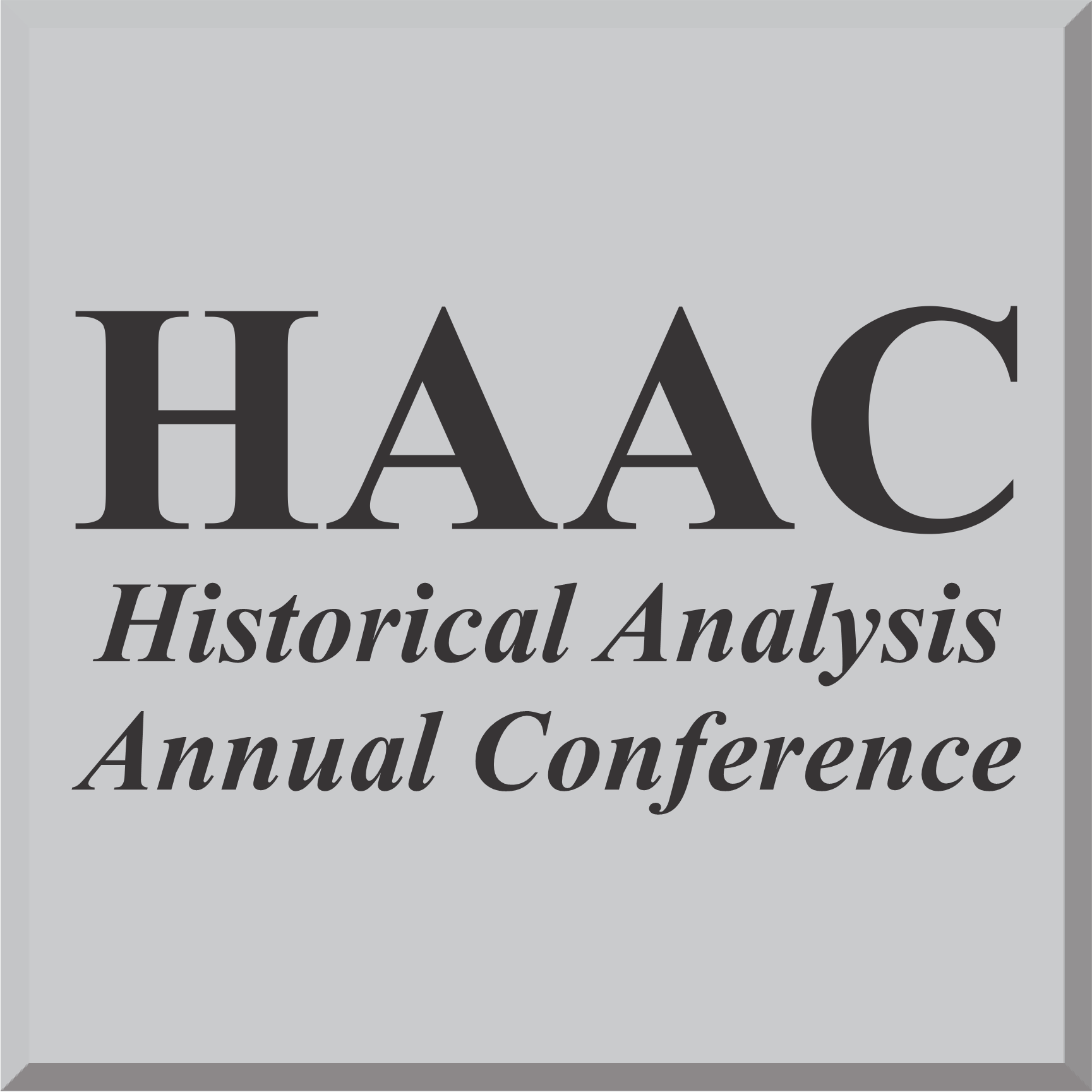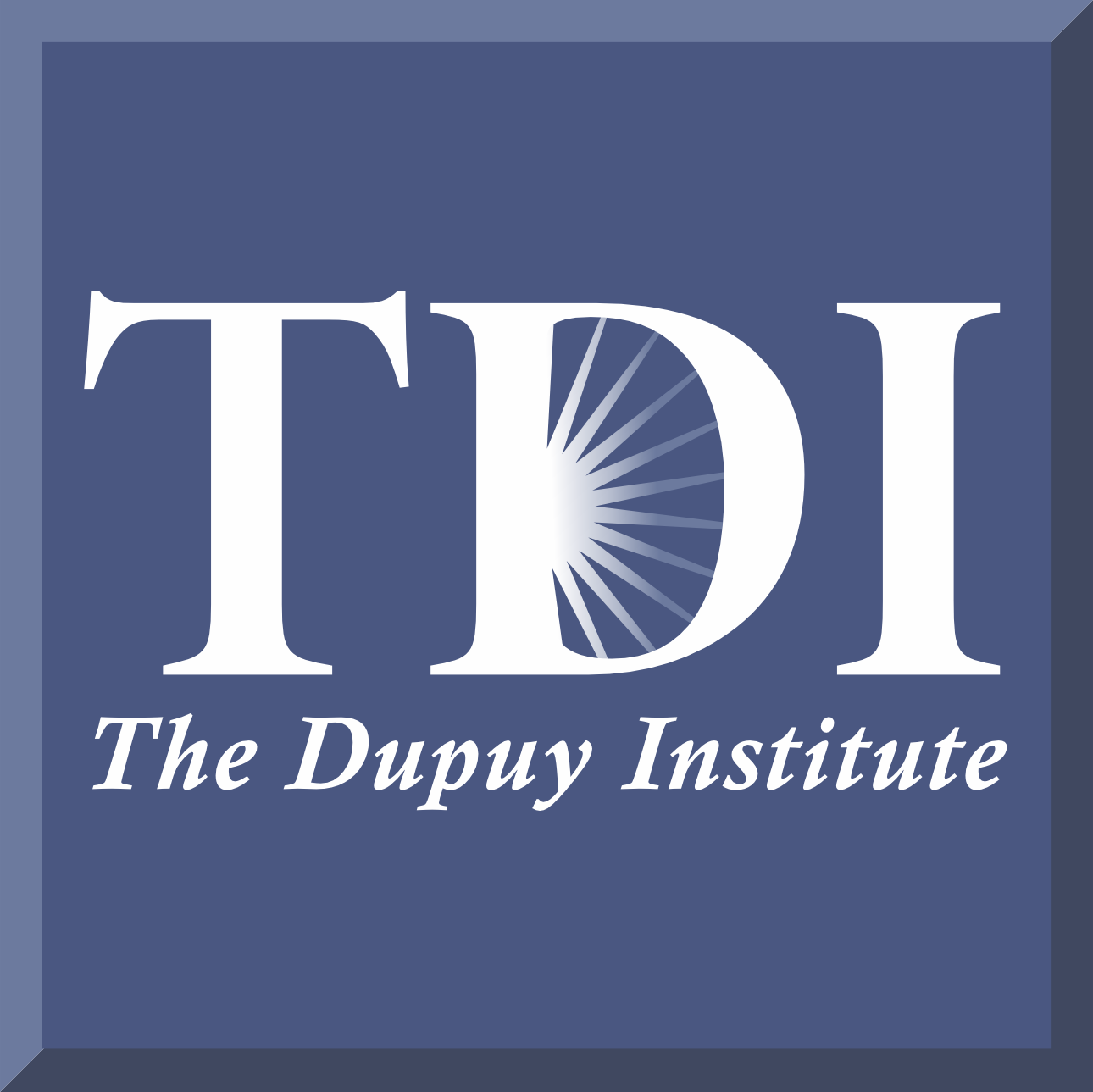
The second presentation of Day 2 in the Einstein Conference Room was The Combat Assessment Technique by William Sayers. It is here: The Combat Assessment Technique.
In the Pike and Gallows Conference Center, day 2:
The first presentation of the day was my monstrosity, Iraq, Data, Hypotheses and Afghanistan (which I later turned into the book America’s Modern Wars): NIC Compilation 3.1
The second presentation of the day was Lessons Learned from Haiti 1915-1934 by Dr. Christopher Davis of UNCG: History as an Enemy and Instructor
The third presentation of the day was Estimating War Deaths (in Iraq) by Dr. Michael Spagat of Royal Holloway University of London: Iraq Deaths
We then had a group discussion on whether we could have won the war in Afghanistan. I opened the discussion with a brief 12-slide presentation, built from my original presentation that morning. It is here: Could We Have Won
This was followed by presentation by Joe Follansbee (Col. USA, ret) on a proposed Close Combat Overmatch Weapon.
The sixth presentation of the second day was Contentious Issues in Syria: the Alawi Religion, their Political Struggles, Chemical Warfare in Syria and a Hypothesized Religicide of the Alawis by Jennifer Schlacht: Temporarily deleted.
The seventh presentation of the second day was The Silent Killers: A Quick Historical Review of Biological Threats by Dr. Douglas A. Samuelson: HAAC Bio Threats 09282.
In the Einstein Conference Room, day 2:
The first presentation was A Statistical Analysis of Historical Land Battles: What is Associated with Winning? by Dr. Tom Lucas of the Naval Post-Graduate School: Historical Battles what is associated with winning.
——
We had a total of 30 presentations given at the first Historical Analysis Annual Conference (HAAC). We have the briefing slides from most of these presentations. Over the next few weeks, we are going to present the briefing slides on this blog, maybe twice a week (Tuesdays and Thursday). In all cases, this is done with the permission of the briefer. We may later also post the videos of the presentations, but these are clearly going to have to go to another medium (Youtube.com). We will announce when and if these are posted.
The briefings will be posted in the order given at the conference. The conference schedule is here: Schedule for the Historical Analysis Annual Conference (HAAC), 27-29 September 2022 – update 16 | Mystics & Statistics (dupuyinstitute.org).
The nine presentations given on the first day are all here: Presentations from HAAC – Air Combat Analysis on the Eastern Front in 1944-45 | Mystics & Statistics (dupuyinstitute.org).
